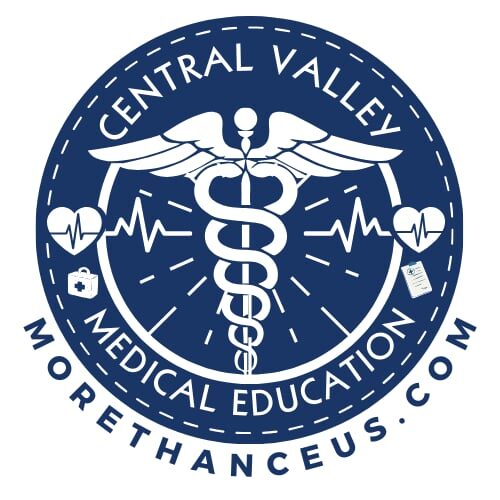Prevention Strategies
This lesson focuses on practical and proactive strategies to prevent needlestick and sharps-related injuries across all healthcare environments. Building on the regulatory foundations from previous lessons, this section introduces evidence-based methods, facility protocols, and behavioral approaches that contribute to a safer clinical workspace.
Learners will explore how personal vigilance, environmental awareness, and team-based habits reduce risk, along with best practices for utilizing protective equipment, reporting near misses, and eliminating high-risk shortcuts such as needle recapping. The lesson also emphasizes the importance of cultivating a “safety-first” culture, where every staff member — from leadership to frontline — is empowered and responsible for injury prevention.
Key prevention strategies include the proper use of safety-engineered devices, optimizing sharps disposal workflows, implementing needleless systems where appropriate, and participating in ongoing staff training and feedback initiatives.
By the end of this lesson, learners will be equipped with a toolkit of realistic, clinical actions they can immediately apply to reduce risk and protect themselves and their coworkers from accidental injury.
✅ Key Outcomes:
- Apply practical, scenario-based prevention strategies in real time
- Understand how to identify and eliminate common shortcuts that increase risk
- Promote a strong reporting culture and peer accountability
- Embrace a mindset of safety as part of everyday clinical practice
